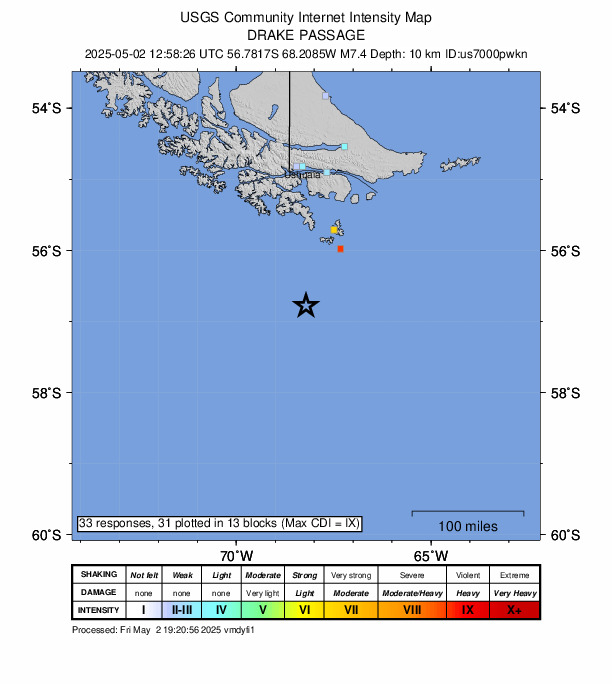Understanding Tsunami Risks: Causes, Warnings, and Recent Events
Tsunamis are among the most dangerous natural disasters, capable of causing massive destruction to coastal regions. Understanding how tsunamis form and recognizing early warning signs can save lives. Recent events in South America underline the need for awareness and preparedness in vulnerable communities.

What Is a Tsunami?
A tsunami is a series of powerful waves caused by the displacement of a large body of water. Most often, this movement is triggered by undersea earthquakes. When the seafloor suddenly shifts, the overlying water is pushed upward, sending waves outward in all directions. As these waves approach shallow coastal waters, their speed decreases but their height increases, leading to potentially devastating effects when they reach land.
Recent Tsunami Events and Alerts
On May 2, 2025, a major 7.4-magnitude earthquake hit the Drake Passage off the southern coast of Chile. This event prompted tsunami warnings for both Chile and Argentina. Authorities acted swiftly. According to the BBC News report, over a thousand residents in regions like Puerto Williams, Puerto Natales, and research stations in Antarctica were moved to higher ground for safety. Thankfully, no significant injuries or damage were reported. Read more on the evacuations in Chile and Argentina after the tsunami warning.
The United States Geological Survey (USGS) provided detailed data and maps illustrating the earthquake's epicenter and the affected shake area. These interactive maps help communities and authorities understand the extent of the tsunami risk and plan effective responses. Staying informed through trusted agencies is crucial during such disasters.
Recognizing Tsunami Warnings
Tsunami warnings might follow strong or long-lasting earthquakes, especially in coastal areas. Common warning signs include:
- Rapid retreat of seawater, exposing the ocean floor
- Unusual roaring ocean sounds
- Sudden and unexpected tidal waves, sometimes starting as a strong surge rather than a distinct wave
If you notice any of these signs, it is essential to move to higher ground immediately. Never wait for official warnings if you suspect a tsunami threat.
How Communities Respond to Tsunami Threats
Preparedness is the key to survival during a tsunami. Local authorities issue timely evacuation orders, open shelters on high ground, and use sirens or public alerts to inform the public. In the recent Chilean event, even areas as remote as the Tierra del Fuego region in Argentina ensured residents followed evacuation drills effectively (source).
Staying Safe During Tsunami Events
- Monitor official sources such as the USGS earthquake portal for timely alerts.
- Have an evacuation plan and know the fastest route to higher ground.
- Keep an emergency kit ready with essentials like water, medication, and flashlights.
- Return home only when authorities declare it safe.
Conclusion
Tsunamis demand respect, quick thinking, and preparedness. The recent tsunami warning in Chile and Argentina demonstrates the importance of clear communication and readiness. Stay informed, recognize warning signs, and follow guidance from local officials to stay safe when facing these formidable natural events.